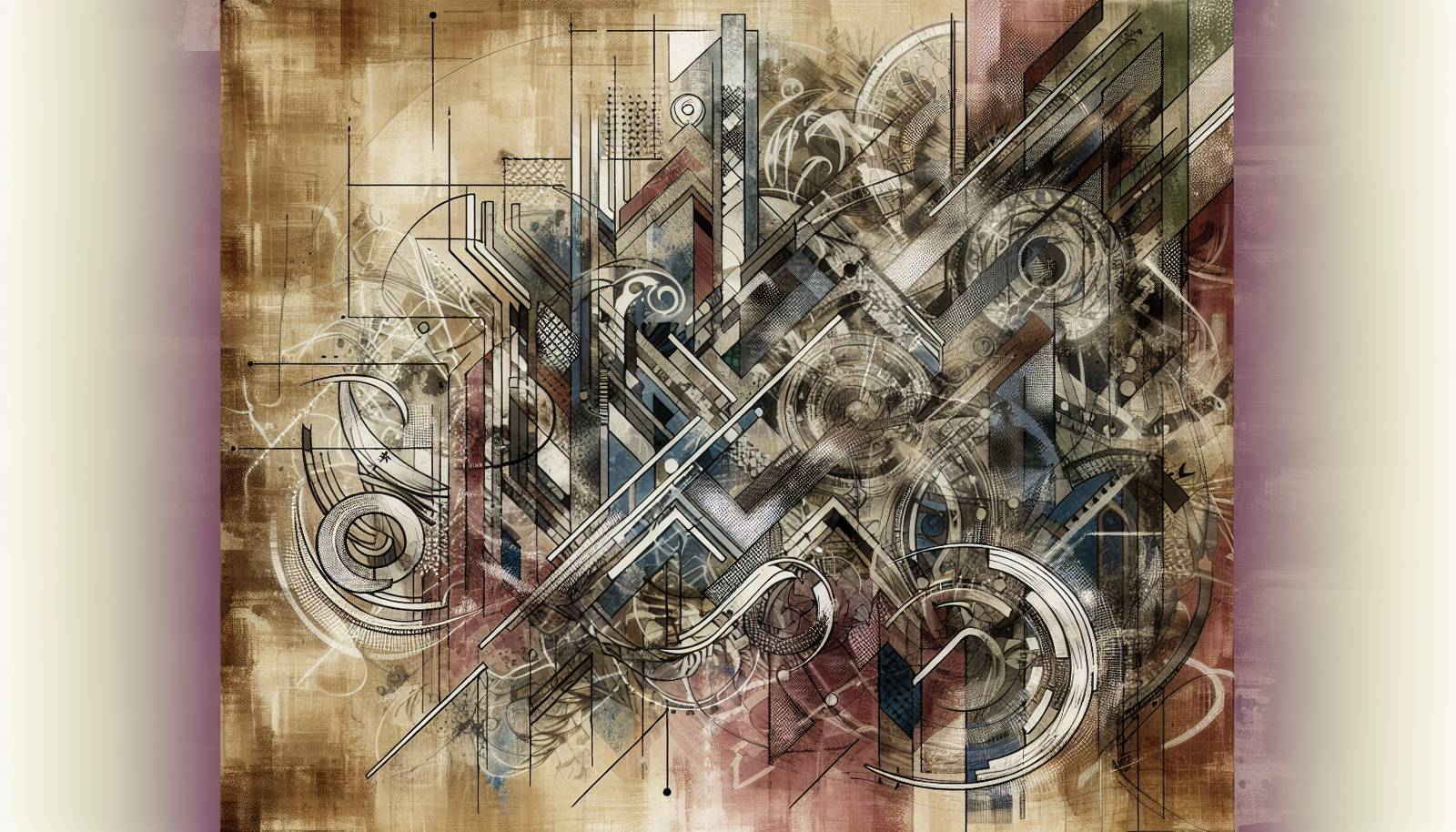
FAQ About Role of Street Fashion in Identity and Subculture

What is street fashion?
Street fashion, also known as streetwear, is a style of casual clothing that became global in the 1990s. It is rooted in Californian skate and surf culture, but has grown to encompass a wide range of styles and influences from hip-hop, punk, and Japanese street fashion. This type of fashion is marked by its adaptability and an emphasis on authenticity, self-expression, and comfort.

How does street fashion contribute to personal identity?
Street fashion contributes to personal identity by allowing individuals to express themselves through their clothing choices. It reflects personal tastes, cultural influences, and often aligns with particular lifestyle or social group values. Through street fashion, people can communicate who they are without speaking, making it a powerful tool for personal expression.

What are some examples of street fashion influencing subcultures?
Examples of street fashion influencing subcultures include the punk movement, which adopted a distinct style characterized by leather jackets and band tees, and hip-hop culture, known for its baggy clothing and bold accessories. Skate culture also plays a significant role, often seen through brands like Vans and Thrasher. Each subculture has evolved its fashion style that reflects its unique values and attitudes.

How has street fashion evolved over time?
Street fashion has evolved significantly over time, responding to cultural and societal changes. In the 1980s, it was largely influenced by punk and hip-hop cultures. By the 1990s and 2000s, skate and surf culture started to play a significant role. Today, it continues to evolve with influences from social media, globalization, and cultural fusions, resulting in a diverse and constantly changing fashion landscape.

Why is street fashion considered influential in mainstream fashion?
Street fashion is considered influential in mainstream fashion because it often serves as a source of inspiration for luxury brands and designers. Its raw, authentic appeal, rooted in urban culture and real-world experiences, resonates well with a broad audience. High-profile fashion shows and collections frequently draw on elements from street fashion, blurring the lines between high fashion and streetwear.

Can street fashion be considered a form of art?
Yes, street fashion can be considered a form of art as it involves creativity and self-expression. It allows individuals to convey their artistic vision and cultural perspectives through clothing and personal styling. Like traditional art forms, street fashion challenges norms and can be reflective, provocative, and transformative.

What is the relationship between street fashion and social media?
Social media has a profound impact on street fashion by accelerating trends and democratizing fashion influence. Platforms like Instagram and TikTok enable individuals to share their styles with a global audience, creating an intricate network of influence where trends can be adopted and adapted rapidly. This accessibility to fashion influences both personal identity and broader fashion trends.

How do cultural trends shape street fashion?
Cultural trends shape street fashion by introducing new influences, aesthetics, and priorities into the fashion landscape. Movements like Black Lives Matter or gender identity discussions have shifted streetwear to incorporate themes of inclusivity, activism, and social justice. These cultural elements are reflected in the designs, slogans, and even the ethical practices of street fashion brands.

Is street fashion sustainable?
Street fashion's sustainability varies widely among brands and consumers. Some brands prioritize ethical production, sustainable materials, and transparent practices, contributing positively to environmental concerns. However, the fast-changing nature of trends can also result in unsustainable consumption patterns. More consumers are becoming aware and are supporting sustainable streetwear brands as a way to mitigate environmental impact.

What role do influencers play in street fashion?
Influencers play a significant role in street fashion, acting as trendsetters and cultural leaders. They showcase their personal styles to large audiences, rapidly popularizing new styles and brands. Their endorsements can elevate a brand's status and introduce fresh trends into the mainstream, essentially bridging the gap between niche street fashion scenes and larger public recognition.

How is gender represented in street fashion?
Street fashion often blurs traditional gender lines, embracing a more fluid representation of gender identity. Many designers and brands create gender-neutral collections, allowing individuals to express their identity without the constraints of conventional gender norms. This inclusivity has paved the way for more diverse representation and acceptance within the fashion industry.

What are some challenges faced by street fashion designers?
Street fashion designers face several challenges including staying relevant amidst rapidly changing trends, the pressure to balance creativity with commercial success, and the need to produce sustainably. Moreover, the competitive nature of the fashion industry requires constant innovation and adaptation to cultural changes and consumer expectations.

Are there any iconic street fashion brands?
Yes, there are several iconic street fashion brands known for shaping the industry. These include Supreme, Off-White, BAPE, and Stüssy. These brands have created significant cultural impacts through their designs and collaborative efforts with artists and other fashion houses, often resulting in limited-edition releases that are highly sought after.

How do music genres like hip-hop influence street fashion?
Music genres like hip-hop have a major influence on street fashion through their unique styles and cultural significance. Elements such as baggy jeans, oversized tees, and vibrant accessories have roots in hip-hop culture. Music artists often collaborate with streetwear brands, creating lines that reflect their personal style and influence their fan base.

What impact do fashion weeks have on street fashion?
Fashion weeks have a significant impact on street fashion by spotlighting new trends and designers who often draw from or influence streetwear aesthetics. As street fashion becomes more integrated into high fashion, these events serve as platforms to introduce avant-garde streetwear to a broader audience, influencing upcoming collections and trends on a global scale.

How does street fashion reflect generational changes?
Street fashion reflects generational changes by adapting and evolving with the cultural, technological, and social shifts of each generation. Younger generations often infuse street fashion with their own values, such as diversity, sustainability, and digital engagement, which reshapes the fashion landscape and influences older generations as well.

What are some misconceptions about street fashion?
Common misconceptions about street fashion include the belief that it is limited to casual wear or only associated with youth subcultures. While it is casual, street fashion is a pivotal part of the broader fashion industry, admired for its innovation and cultural relevance. Additionally, it appeals to a wide demographic beyond just young people, crossing age and cultural boundaries.

Can street fashion be considered a sign of rebellion?
Street fashion can be considered a sign of rebellion as it often challenges societal norms and traditional fashion rules. Many subcultures have historically used street fashion as a means to resist mainstream ideals, express dissatisfaction with social structures, and forge unique identities that defy conventional expectations.

How does globalization affect street fashion?
Globalization affects street fashion by allowing a cross-pollination of styles, ideas, and trends from diverse cultures around the world. This results in a rich tapestry of influences that enriches local street fashion scenes and promotes inclusivity. It also aids in the rapid dissemination of trends across borders, while sometimes causing cultural appropriation debates.

Why do people collect streetwear?
People collect streetwear for various reasons including personal enjoyment, cultural significance, or as an investment. Many streetwear items are released in limited quantities, creating a high demand among collectors. Additionally, streetwear often involves collaborations with artists and designers, adding artistic and historical value to the pieces.
